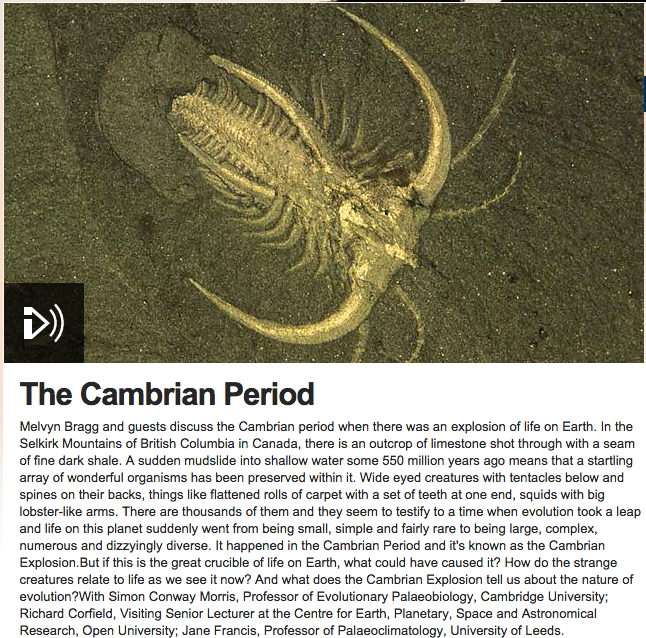
Phylum
Porifera
The following questions will
help you to review the material from the lecture as well as the text.
Make sure to take a look at the links to the images and the web sites
at the end of the page. I have also included suggested reading
material in case you would like to follow up on any of the aspects
covered in this section.
- What is so interesting
about the Burgess Shale? What kind of information can zoologists
gain from studying the fossils at this site?
- Approximately when did
the first animals appear in the fossil record?
- What
is the importance of the Cambrian
explosion? (listen
to the excellent BBC
program)
- What so unusual about the
animal fossils found at the Burgess Shale? Do they differ in any way
from the body plans of animal taxa that exist today on our planet?
- There are two major
hypotheses in regards to how multicellularity evolved among animals
evolved: the colonial hypothesis and the syncytial hypothesis. How
do they differ from each other?
- Briefly characterize the
phylum Porifera.
- Are sponges symmetric,
asymmetric or both? Explain.
- What kind of cell types
exist in a sponge? Briefly describe them and their role within the
sponge.
- Sponges are considered to
lack tissues. Explain. What kind of experiment would demonstrate
that sponges lack tissues?
- The choanocyte is an
important cellular component of sponges. Briefly describe it
structure and function.
- How does a sponge feed?
What do they feed on?
- What are spicules? What
are they made of? Function? Are they useful for zoologists that
study the phylum?
- Do all sponges have
spicules? What are spongin fibers?
- All the cells in a sponge
are genetically identical. However, they can be grouped into
different cell types that perform different functions. What is the
importance of this observation?
- What are the differences
between asconoid, syconoid and leuconoid sponges? What kind of
environmental factors may have affected the evolution of these
morphologies within the phylum?
- Many species within the
phylum are hermaphrodites. Explain.
- Briefly describe the life
cycle of a typical sponge.
- Can sponges move at any
time in their life cycle? When? Why is this an important fact to
consider as one studies the biology of sponges?
- Several research groups
are actively extracting chemicals from different sponge species.
What is the purpose of these studies? What is the natural function
of these chemical compounds found within the sponge? (see article in
the folder - read the first two
pages)

Links:
Recommended Reading:

